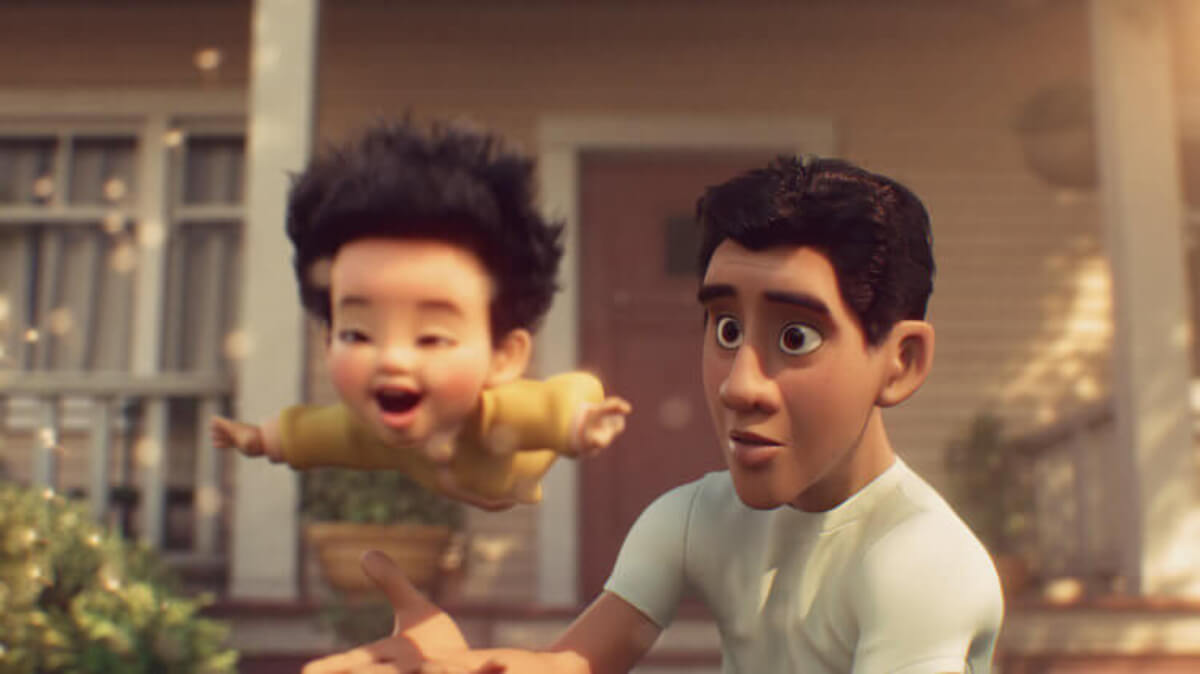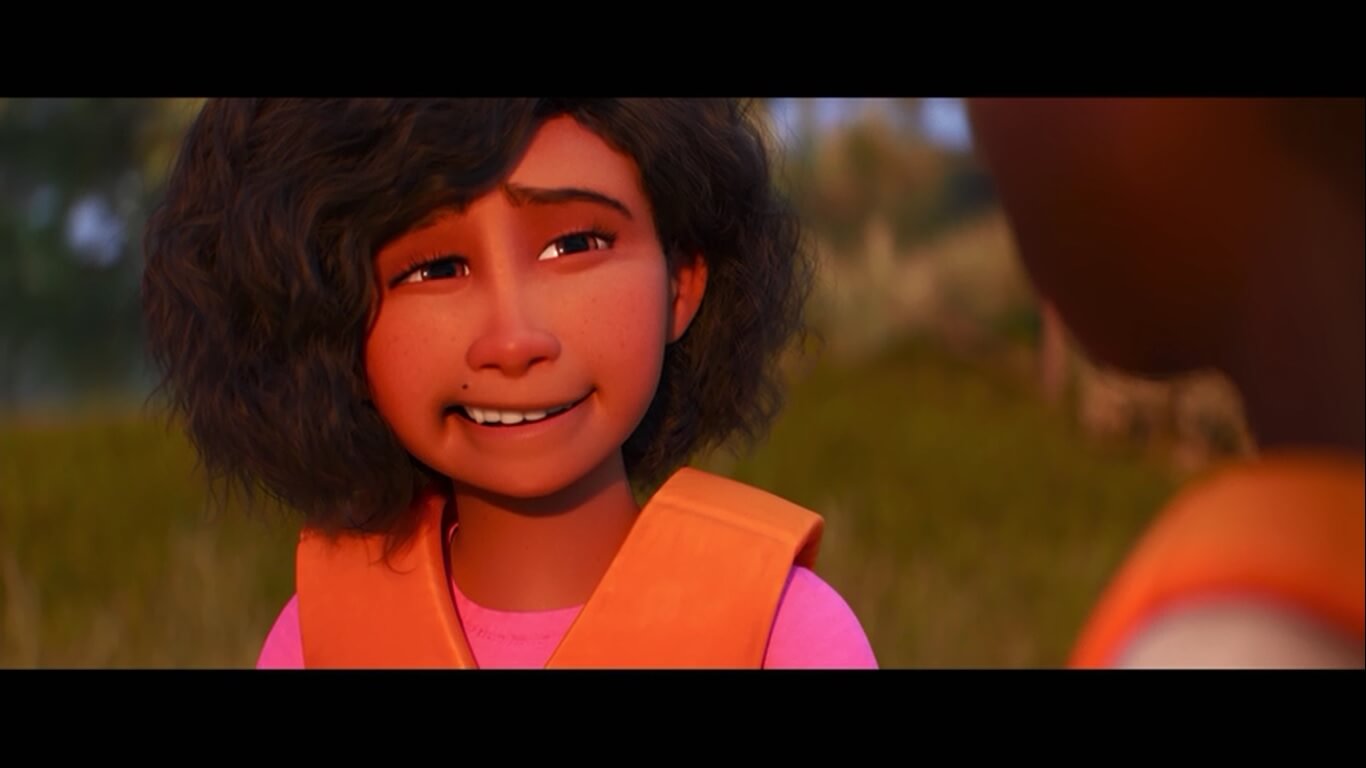2 Disney and Pixar Short Films for Understanding Autism


Written and verified by the psychologist Ana Couñago
With the arrival of Disney Plus, the streaming platform of the famous entertainment company, a multitude of animated short films with very diverse themes have been released. In the following article, we’ll talk about some of them, specifically, 2 new short films that are ideal for understanding autism. Do you want to know what they are? Keep reading!
But first, you should know that, as estimated by the World Health Organization (WHO), 1 in 160 children worldwide has autism spectrum disorder (ASD).
This is quite a high figure, so society needs to understand the characteristics of these people so that they don’t feel excluded. And what better way to make the population understand what autism is than through small animated films? This is a wonderful idea from Disney and Pixar!

2 Disney and Pixar shorts to understand autism
The 2 shorts we’re referring to are Float and Loop. Below, let’s take a look at the plot of each of them, they’re sure to thrill you!
Float
Float is about a boy named Alex, who has the ability to fly, and his father, who’s in charge of hiding the little boy’s strange ability from others. However, one day, father and son go to a playground surrounded by other families and this is then when the secret comes to light and everyone sees Alex flying.
The father’s first reaction is to run away, but, after a moment of reflection, he decides to accept his son’s special characteristic and lets him play and enjoy his life like any other person of the same age.
Therefore, in just 7 minutes and in a metaphorical way, this animated short film perfectly shows the challenge that many parents face when caring for and raising a child with autism. In fact, the story is based on the life of the film’s director and screenwriter, Bobby Rubio, who has a son with autism spectrum disorder.
“My wife saw that I wasn’t coping well with my son’s autism diagnosis and asked me, “Why don’t you tell your story?”
-Bobby Rubio Testimonial
https://www.youtube.com/watch?v=y7RBc63owY0
Loop
Loop is an 8-minute short film that tells the story of two young people, a girl with autism and a very extroverted boy. They both go to a camp where they are chosen to be canoe partners.
During the journey across the lake, they encounter a series of difficulties caused by a lack of understanding. So, in order to finish the journey successfully, the two young people must learn to communicate, despite their differences, and understand how the other thinks.
In this way, the film conveys a valuable message, which is that in order to live with all kinds of people, it’s important to exercise empathy, that is, to put oneself in the place of others, try to understand what their ideas, characteristics, and difficulties are, and try to adapt to them.

The importance of understanding autism
Can you imagine living in a world where no one understands you? Well, that’s exactly how many people with autism spectrum disorder feel. To prevent this from happening, it’s essential that the population is sensitized and makes the effort to try to understand them.
Float and Loop are two short animated films that are ideal to help when it comes to understanding autism, as, in addition to showing the characteristics of people with autism in a very realistic way, they also show how the environment has to behave in order for them to feel included in society.
“Autistic adults were autistic children. We grow up and need acceptance and understanding too.”
-Tina J. Richardson, a woman diagnosed with ASD-
Therefore, these entertaining and pedagogical films should be seen by everyone, as they have an important lesson for both children and adults.
With the arrival of Disney Plus, the streaming platform of the famous entertainment company, a multitude of animated short films with very diverse themes have been released. In the following article, we’ll talk about some of them, specifically, 2 new short films that are ideal for understanding autism. Do you want to know what they are? Keep reading!
But first, you should know that, as estimated by the World Health Organization (WHO), 1 in 160 children worldwide has autism spectrum disorder (ASD).
This is quite a high figure, so society needs to understand the characteristics of these people so that they don’t feel excluded. And what better way to make the population understand what autism is than through small animated films? This is a wonderful idea from Disney and Pixar!

2 Disney and Pixar shorts to understand autism
The 2 shorts we’re referring to are Float and Loop. Below, let’s take a look at the plot of each of them, they’re sure to thrill you!
Float
Float is about a boy named Alex, who has the ability to fly, and his father, who’s in charge of hiding the little boy’s strange ability from others. However, one day, father and son go to a playground surrounded by other families and this is then when the secret comes to light and everyone sees Alex flying.
The father’s first reaction is to run away, but, after a moment of reflection, he decides to accept his son’s special characteristic and lets him play and enjoy his life like any other person of the same age.
Therefore, in just 7 minutes and in a metaphorical way, this animated short film perfectly shows the challenge that many parents face when caring for and raising a child with autism. In fact, the story is based on the life of the film’s director and screenwriter, Bobby Rubio, who has a son with autism spectrum disorder.
“My wife saw that I wasn’t coping well with my son’s autism diagnosis and asked me, “Why don’t you tell your story?”
-Bobby Rubio Testimonial
https://www.youtube.com/watch?v=y7RBc63owY0
Loop
Loop is an 8-minute short film that tells the story of two young people, a girl with autism and a very extroverted boy. They both go to a camp where they are chosen to be canoe partners.
During the journey across the lake, they encounter a series of difficulties caused by a lack of understanding. So, in order to finish the journey successfully, the two young people must learn to communicate, despite their differences, and understand how the other thinks.
In this way, the film conveys a valuable message, which is that in order to live with all kinds of people, it’s important to exercise empathy, that is, to put oneself in the place of others, try to understand what their ideas, characteristics, and difficulties are, and try to adapt to them.

The importance of understanding autism
Can you imagine living in a world where no one understands you? Well, that’s exactly how many people with autism spectrum disorder feel. To prevent this from happening, it’s essential that the population is sensitized and makes the effort to try to understand them.
Float and Loop are two short animated films that are ideal to help when it comes to understanding autism, as, in addition to showing the characteristics of people with autism in a very realistic way, they also show how the environment has to behave in order for them to feel included in society.
“Autistic adults were autistic children. We grow up and need acceptance and understanding too.”
-Tina J. Richardson, a woman diagnosed with ASD-
Therefore, these entertaining and pedagogical films should be seen by everyone, as they have an important lesson for both children and adults.
All cited sources were thoroughly reviewed by our team to ensure their quality, reliability, currency, and validity. The bibliography of this article was considered reliable and of academic or scientific accuracy.
- Baña, M. (2011). Los trastornos del espectro autista y generales del desarrollo: inclusión social y calidad de vida. Ciencias psicológicas, 5(2), 183-191.
This text is provided for informational purposes only and does not replace consultation with a professional. If in doubt, consult your specialist.








